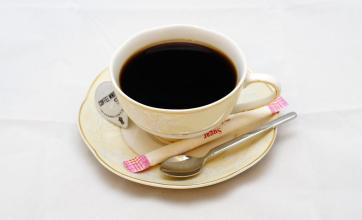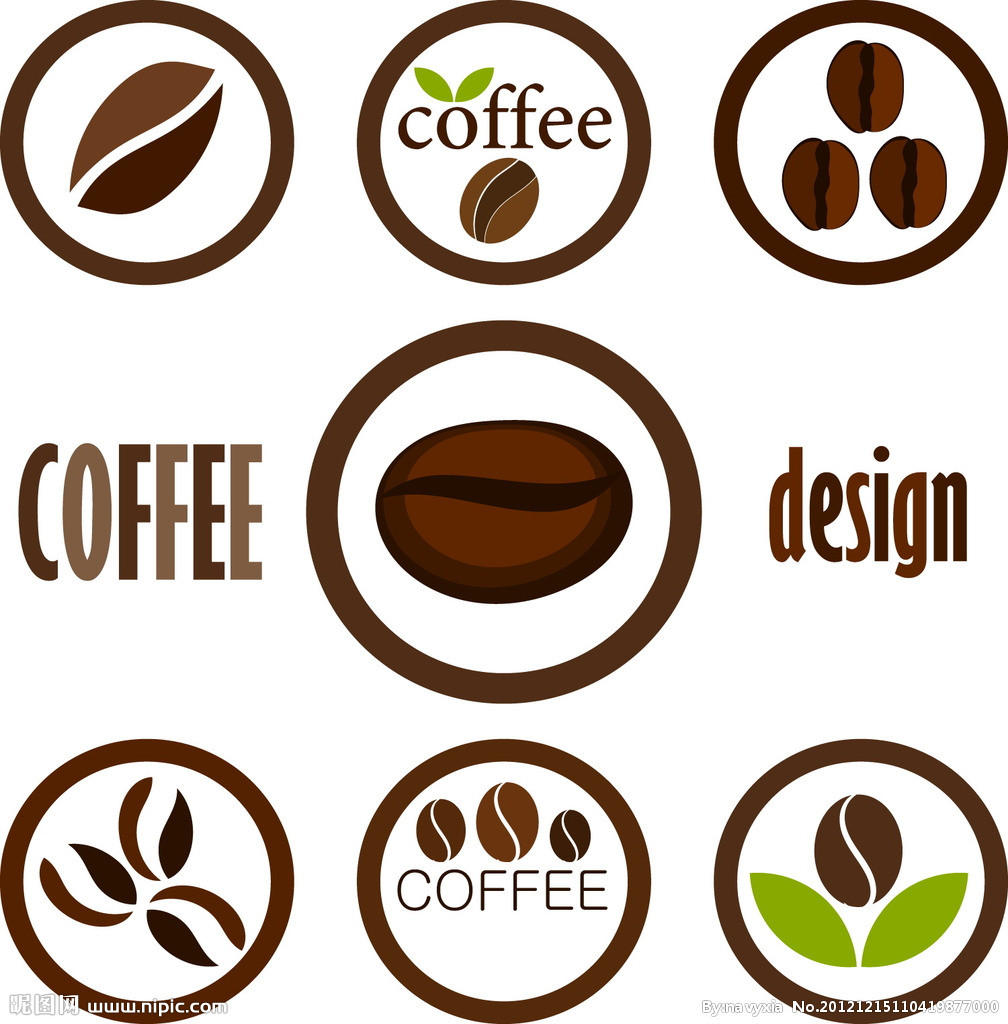Vietnamese coffee bean flavor taste manor production area introduces Vietnamese coffee bean brand
Coffee cultivation in Vietnam covers an area of about 500000 hectares, of which 10% are owned by state-owned enterprises and farms, and 85% by farmers and landowners. The scale of the manor is small, usually 2-5 hectares, and the large manor is about 30-50 hectares, but the number is small. Vietnamese coffee ranks second in all agricultural products exported from Vietnam, second only to rice. Every year, about 300000 farmers are engaged in coffee cultivation, with a labor force of 600000, and the labor force can reach 700000 to 800000 in the three-month harvest period. as a result, the coffee industry has absorbed 1.83% of the country's total labor force and 2.93% of the total agricultural labor force.
Vietnam Coffee Corporation (VINACAFE) is a 100% state-owned enterprise with 70 companies and farms under its jurisdiction. VINACAFE exports 20-25% of Vietnam's coffee production each year.
The representative products of Vietnamese coffee are Central Plains Coffee (TRUNGNGUYEN) and Highland Coffee (HIGHLANDS). The geographical location of Vietnam is very favorable for coffee growing. the southern part of Vietnam has a hot and humid tropical climate, which is suitable for growing ROBUSTA coffee and the northern part is suitable for growing ARABICA coffee. Coffee production in Vietnam has the following characteristics: (1) because there is no effective way to deal with fallen leaves, medium-grain coffee was selected as the main variety in the early 1980s. (2) based on the planting technology, the coffee planting method was determined, that is, under the hot and humid climate in southern Vietnam, high density planting, large amount of irrigation, excessive fertilization and no shading trees were used to obtain the maximum yield and give full play to the production capacity of medium-grain coffee. The per unit yield of many coffee plantations in Daklak, GiaLai, Kontum and DongNai areas of Vietnam reached 340t / ha. The yield of some plantations is even as high as 89.9 tons per hectare. (3) processing technology: mainly making full use of the solar energy drying method of the dry season in the central plateau of Vietnam to process coffee to Vietnam, just as tea is important to the Chinese, it is a kind of penetration deep into the bone marrow. Almost all of the world's robusta coffee beans (Robustabean), which are often used to make instant coffee and high-end coffee blends, are exported from Vietnam. Vietnam is the world's second largest exporter of coffee, surpassing Colombia and second only to Brazil. Vietnam has a long history of coffee production, but the development and expansion of its production scale began in the last 20 years. After experiencing the crisis of ups and downs in the world coffee market from 2001 to 2005, Vietnam's coffee industry gained momentum. In 2005, it handed in a satisfactory answer for the world: Vietnam produced 810000 tons of coffee (13.5 million bags, 60 kg each) from 2001 to 2006. Exports reached 776 tons (12.9 million bags), and exports increased by 35%. Vietnamese coffee is produced in Vietnam, just as tea is important to the Chinese. It's a penetration deep into the bone marrow. Almost all of the world's robusta coffee beans (Robustabean), which are often used to make instant coffee and high-end coffee blends, are exported from Vietnam. Vietnam is the world's second largest exporter of coffee, surpassing Colombia and second only to Brazil

Important Notice :
前街咖啡 FrontStreet Coffee has moved to new addredd:
FrontStreet Coffee Address: 315,Donghua East Road,GuangZhou
Tel:020 38364473
- Prev

Introduction of Yunnan boutique coffee beans introduction of flavor and taste of Yunnan small grain coffee manor
Coffee is a kind of beverage crop with high economic value, which is called the three largest beverages in the world together with cocoa and tea, and its output and consumption ranks first among the three beverages. Coffee is rich in protein, fat, sucrose, starch, glucose, caffeine and other substances, rich aroma and delicious taste. Coffee is a perennial evergreen shrub or small tree of the genus Coffea of Rubiaceae. It has many species and is widely used.
- Next

Clinique Coffee 90 + Ethiopia Yirgacheffe (Yega Snow Coffee) producing area
Ninety Plus, translated directly means 90 +, or more than 90 points. Friends outside the industry may not understand that a coffee bean of more than 90 points means it is close to perfect for coffee lovers. Whether we are talking about the cup score or the evaluation score of Coffee Review (www.coffeereview.com), it is a hard-won honor. Clinique (Tchembe N2)
Related
- Detailed explanation of Jadeite planting Land in Panamanian Jadeite Manor introduction to the grading system of Jadeite competitive bidding, Red bid, Green bid and Rose Summer
- Story of Coffee planting in Brenka region of Costa Rica Stonehenge Manor anaerobic heavy honey treatment of flavor mouth
- What's on the barrel of Blue Mountain Coffee beans?
- Can American coffee also pull flowers? How to use hot American style to pull out a good-looking pattern?
- Can you make a cold extract with coffee beans? What is the right proportion for cold-extracted coffee formula?
- Indonesian PWN Gold Mandrine Coffee Origin Features Flavor How to Chong? Mandolin coffee is American.
- A brief introduction to the flavor characteristics of Brazilian yellow bourbon coffee beans
- What is the effect of different water quality on the flavor of cold-extracted coffee? What kind of water is best for brewing coffee?
- Why do you think of Rose Summer whenever you mention Panamanian coffee?
- Introduction to the characteristics of authentic blue mountain coffee bean producing areas? What is the CIB Coffee Authority in Jamaica?

